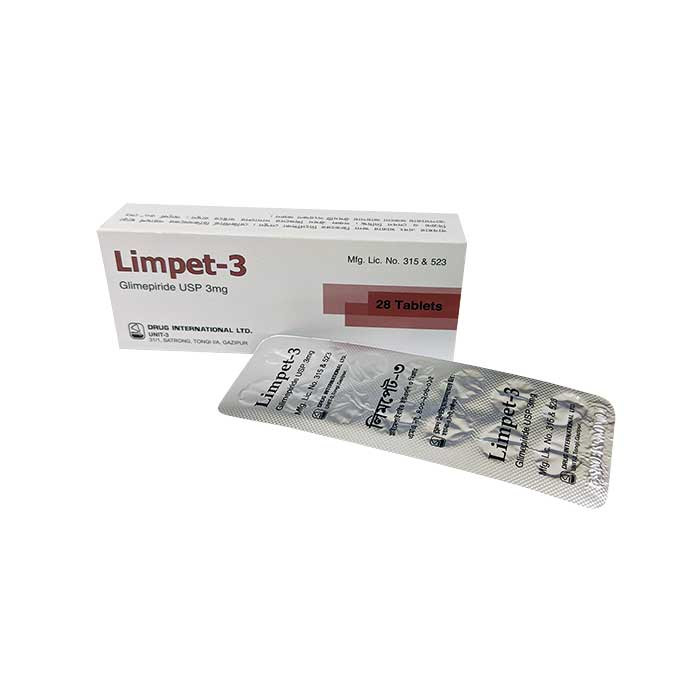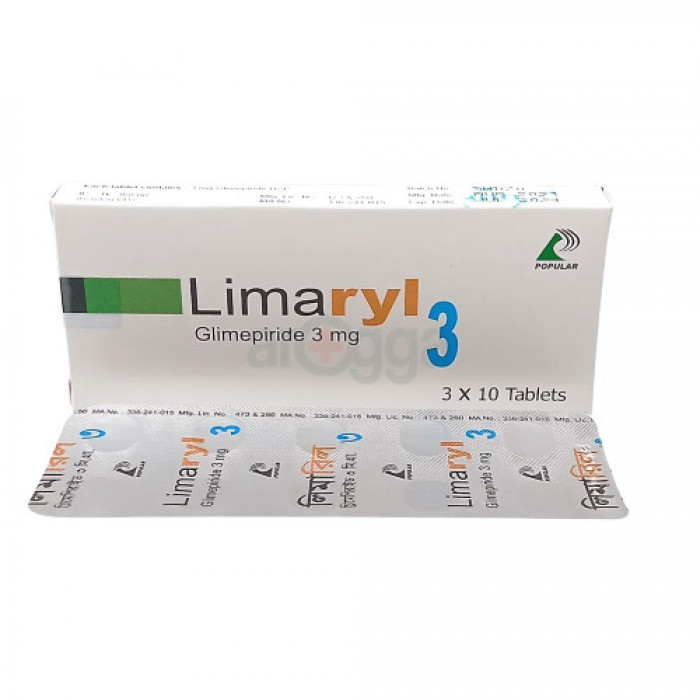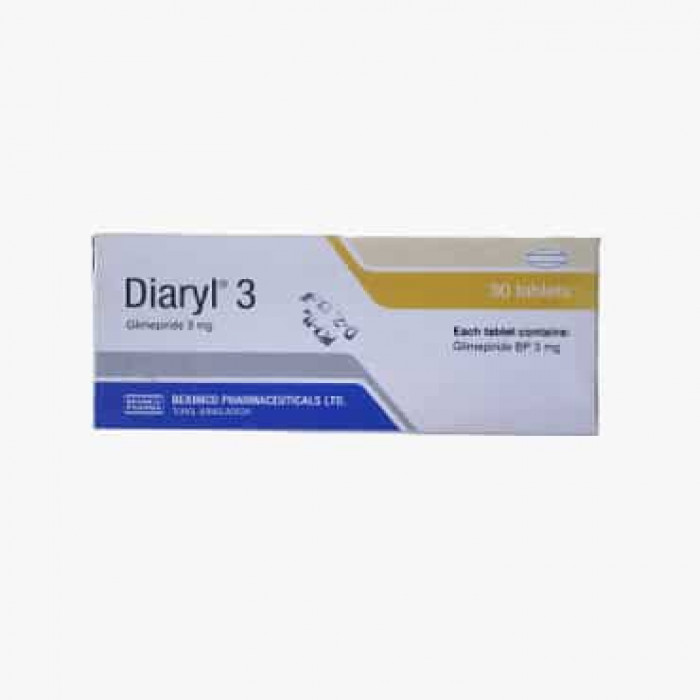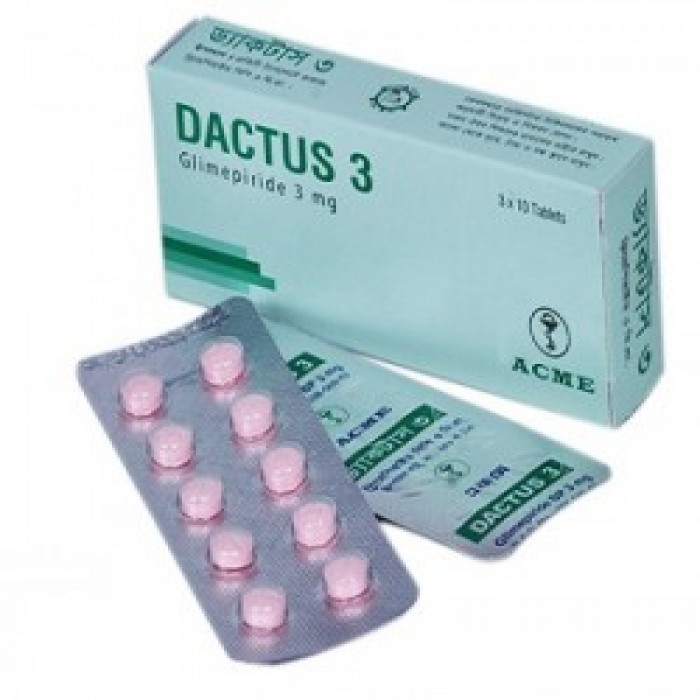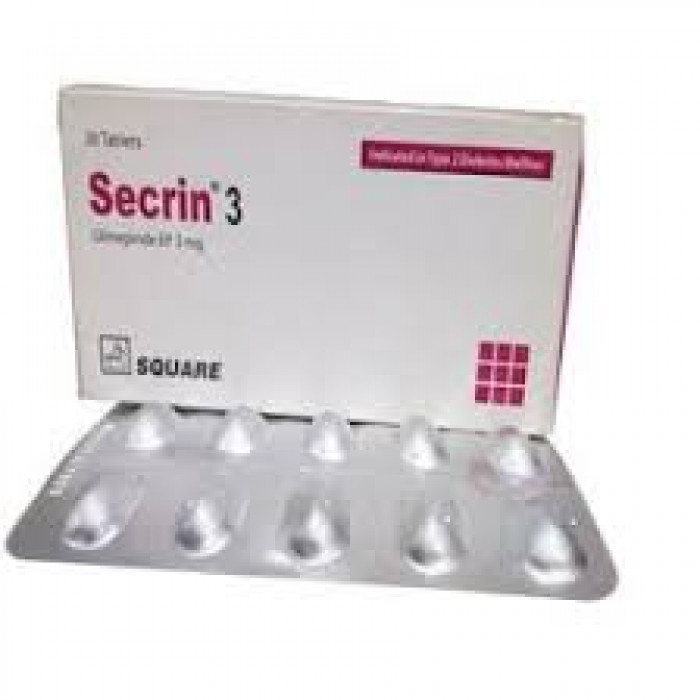
✔ 100% Authentic Product
👁️ Currently Viewing 1323
Secrin 3mg 10pcs
Tablet Manufacturer/Distributor: Square Pharmaceuticals Ltd. Generic Name:Glimepiride 3mg Tablet
Discount
Price: ৳ 113
MRP:
৳
120
6%
Off

100% Genuine Products, Guaranteed

Safe & Secure Payments, Always

Fast, Secure & Efficient Delivery

Proper Packaging
 Cash on Delivery - All over Bangladesh
Cash on Delivery - All over Bangladesh Regular Delivery - 12-24 Hours, Dhaka City* Charge Tk.39-59
Regular Delivery - 12-24 Hours, Dhaka City* Charge Tk.39-59 Regular Delivery - 24-48 Hours, Other Cities* Charge Tk.99-110
Regular Delivery - 24-48 Hours, Other Cities* Charge Tk.99-110
 ফ্রি ডেলিভারিঃ - ৯৯৯ টাকা+ অর্ডারে, ঢাকা
শহরে
ফ্রি ডেলিভারিঃ - ৯৯৯ টাকা+ অর্ডারে, ঢাকা
শহরে ফ্রি ডেলিভারিঃ - ২৯৯৯ টাকা+ অর্ডারে, ঢাকার
বাহিরে
ফ্রি ডেলিভারিঃ - ২৯৯৯ টাকা+ অর্ডারে, ঢাকার
বাহিরে
100% Genuine Products, Guaranteed
Safe & Secure Payments, Always
Fast, Secure & Efficient Delivery
Proper Packaging
 Cash on Delivery - All over Bangladesh
Cash on Delivery - All over Bangladesh Regular Delivery - 12-24 Hours, Dhaka City* Charge Tk.39-59
Regular Delivery - 12-24 Hours, Dhaka City* Charge Tk.39-59 Regular Delivery - 24-48 Hours, Other Cities* Charge Tk.99-110
Regular Delivery - 24-48 Hours, Other Cities* Charge Tk.99-110 ফ্রি ডেলিভারিঃ - ৯৯৯ টাকা+ অর্ডারে, ঢাকা
শহরে
ফ্রি ডেলিভারিঃ - ৯৯৯ টাকা+ অর্ডারে, ঢাকা
শহরে ফ্রি ডেলিভারিঃ - ২৯৯৯ টাকা+ অর্ডারে, ঢাকার
বাহিরে
ফ্রি ডেলিভারিঃ - ২৯৯৯ টাকা+ অর্ডারে, ঢাকার
বাহিরে
✅ Description:
Indications
Glimepiride is suitable for the following conditions Glimepiride is suitable for diet and exercise supplements, used to reduce the blood sugar of non-insulin-dependent diabetes mellitus (type II) (NIDDM) patients whose high blood sugar cannot be controlled by diet and exercise alone . When diet, exercise, and glimepiride or metformin alone cannot lead to adequate blood sugar control glimepiride can be used simultaneously with metformin. Glimepiride is also suitable for use in combination with insulin to reduce blood sugar in patients whose hyperglycemia cannot be controlled by diet and exercise combined with oral hypoglycemic drugs. The combined use of glimepiride and insulin may increase the likelihood of hypoglycemia.
Pharmacology
Glimepirro is a sulfonylurea anti-diabetic agent, which reduces glucose concentration in the blood. The action of the glymepiridase depends on stimulating the release of insulin from the functional pancreatic beta cells. Glypirid acts at a glucose concert by improving the sensitivity of beta cells to the physiological stimulation of glucose, resulting in insulin secretion. In addition, anal anal effects, such as reducing the basal liver glucose production, increased sensitivity of peripheral tissue to insulin and glucose intake can also play a paper in the activity of glippyride. In patients with non-existential diabetes, the action of glucose drop in the single dose stimulates a single dose effect of glimepirro for 24 hours.
Dosage & Administration
In principle, the dose of glimepiride depends on the desired blood glucose level. The glimepiride dose should be the lowest dose sufficient to achieve the required metabolic control. Initial and maintenance doses are established based on the results of regular blood and urine glucose checks. Monitoring blood and urine glucose levels can also be used to detect primary or secondary treatment failures.
Starting dose and dose adjustment: The usual starting dose is 1 mg once a day, and the daily dose can be increased if necessary. Any increase can be based on regular blood glucose monitoring and should be gradual, that is, one to two weeks apart, and gradually, as follows: 1 mg> 2 mg> 3 mg> 4 mg> 6 mg.
Dosage for patients with well-controlled diabetes: The usual dose range for patients with well-controlled diabetes is 1 to 4 mg per day.
Dose distribution: The doctor decides the time and distribution of the dose according to the patient's current lifestyle. Usually a single daily dose is sufficient. This should be taken immediately before a full breakfast, or if not immediately before the first main meal. It is very important not to skip meals after taking the medicine.
Secondary dose adjustment: As diabetes control improves, sensitivity to dysfunction increases; therefore, as treatment progresses, the requirement for glimepiride may decrease. To avoid hypoglycemia, you should consider reducing the dose or discontinuing glimepiride in time. Whenever the patient's weight or lifestyle changes, or other factors that lead to increased susceptibility to hypoglycemia or hyperglycemia, adjustments should also be considered.
Switch from other oral hypoglycemic agents to glimepiride: There is no exact dose relationship between glimepiride and other oral hypoglycemic agents. When glimepiride is used instead of other similar drugs, the starting daily dose is 1 mg; this applies even to changing the maximum dose of other oral hypoglycemic drugs. Any increase in dose must comply with the guidelines given in the "Starting dose and dose titration" above. The effectiveness and duration of action of previous hypoglycemic agents should be considered. Treatment may need to be stopped to avoid additional effects that increase the risk of hypoglycaemia.
Glimepiride tablet must be swallowed with sufficient amount of liquid.
Interaction
Based on the experience of glimepiride and the known interactions of other sulfonylureas, the following interactions should be considered.
In addition to insulin and other oral hypoglycemic drugs, drugs that can potentiate the hypoglycemic effect of glimepiride include: ACE inhibitors, aminosalicylic acid, anabolic and androgen steroids, aziprodrone, chloramphenicol, Western European fibrate, coumarin derivatives, cyclophosconazole, fenfluramide, fibrates, fluoconazole fluoxetine, guanethidine, ifosfamide, MAO inhibitor, miconazole, oxygen Theobromine (parenteral high dose), oxybenzone, p-aminosalicylic acid, phenylbutazone, probenecid, quinolones, salclomeicyclox, sulfafake antibiotic reduce the effect of hypoglycinic antibiotics Acetazolamide, barbiturates, calcium channel blockers, corticosteroids, diazoxide, diuretics, glucagon, isoniazid, laxatives, niacin (high dose), phenoestrogens, benzoguanidine, acetophenone, sympathomimetic drugs thyroid. H2 receptor antagonists, beta blockers, clonidine, and reserpine can cause increased or decreased blood sugar lowering effects. Concomitant treatment of with beta-blockers, clonidine, guanethidine, or reserpine may mask the warning signs of hypoglycemia.
Acute and chronic alcohol intake can increase or decrease glimepiride activity in unpredictable ways.
Contraindications
Glimepiride is not suitable for the treatment of insulin dependent (type I) diabetes mellitus, or for the treatment of diabetic ketoacidosis, nor for the treatment of diabetic coma. Glimepiride must not be used in patients hypersensitive to Glimepiride, other sulfonylureas, other sulfonamides, severe hepatic dysfunction, severe impairment of renal function and dialysis patients.
Side-Effects
Hypoglycemia, temporary visual disturbance, nausea, vomiting, diarrhea, abdominal pain, hives, drop in blood pressure.
Pregnancy & Lactation
Glimepiride should not be taken during pregnancy; insulin must be used instead. Patients planning to become pregnant should inform their doctor and switch to insulin. Swallowing glimepiride with breast milk may harm your baby. Therefore, women who are breastfeeding should not take glimepiride. Must change or stop breastfeeding altogether.
Precautions & Warnings
in the initial weeks of treatment, the risk of hypoglycaemia may be increased and necessitates careful monitoring. If such risk present it may be necessary to adjust the dosage of Glimepiride, Hypoglycaemia can almost be promptly controlled by immediate intake of carbohydrates (glucose or sugar).
Storage Conditions
Do not store above 30°C. Keep away from light and out of the reach of children.
⚠️Disclaimer:
At ePharma, we’re committed to providing accurate and accessible health information. However, all content is intended for informational purposes only and should not replace medical advice from a qualified physician. Please consult your healthcare provider for personalized guidance. We aim to support, not substitute, the doctor-patient relationship.




